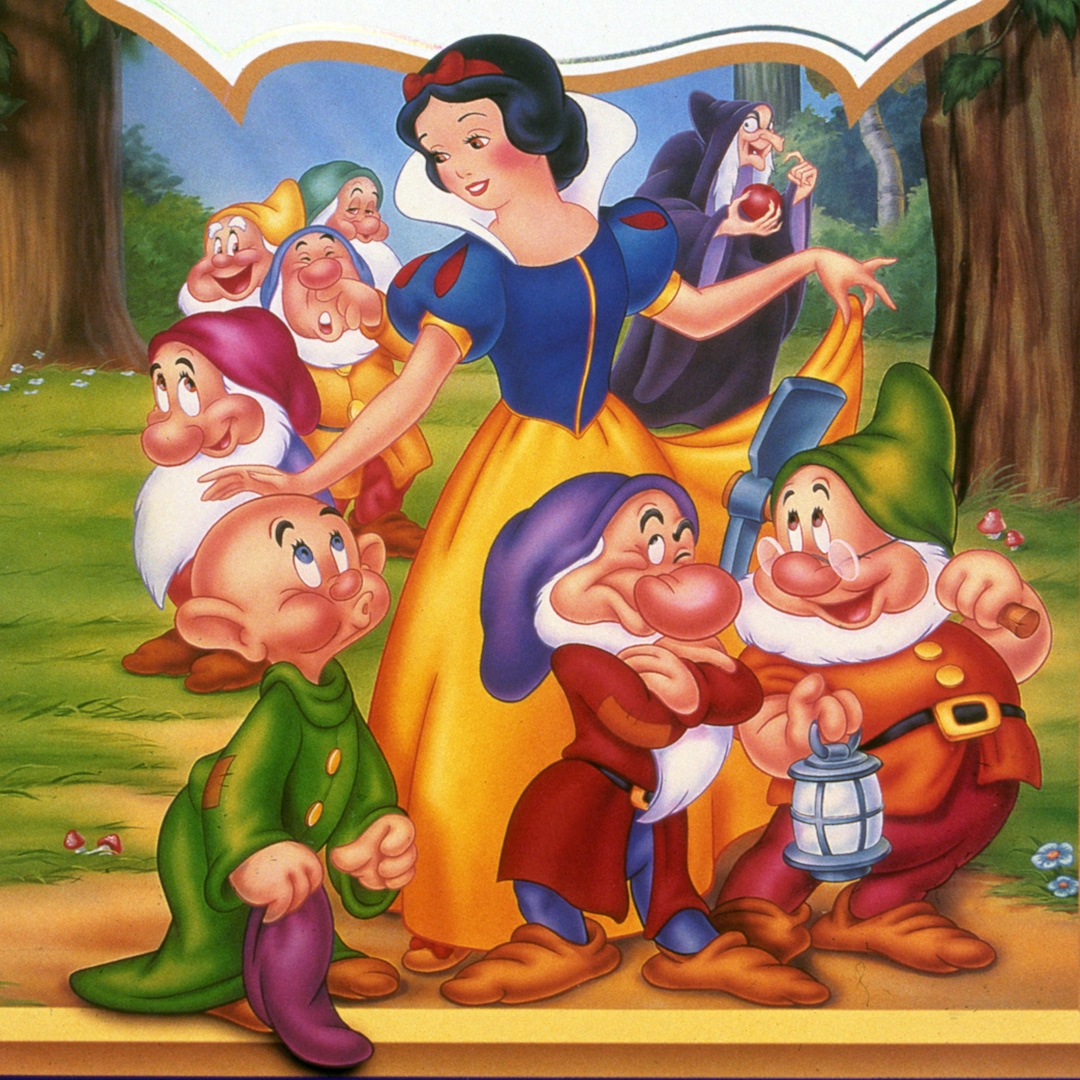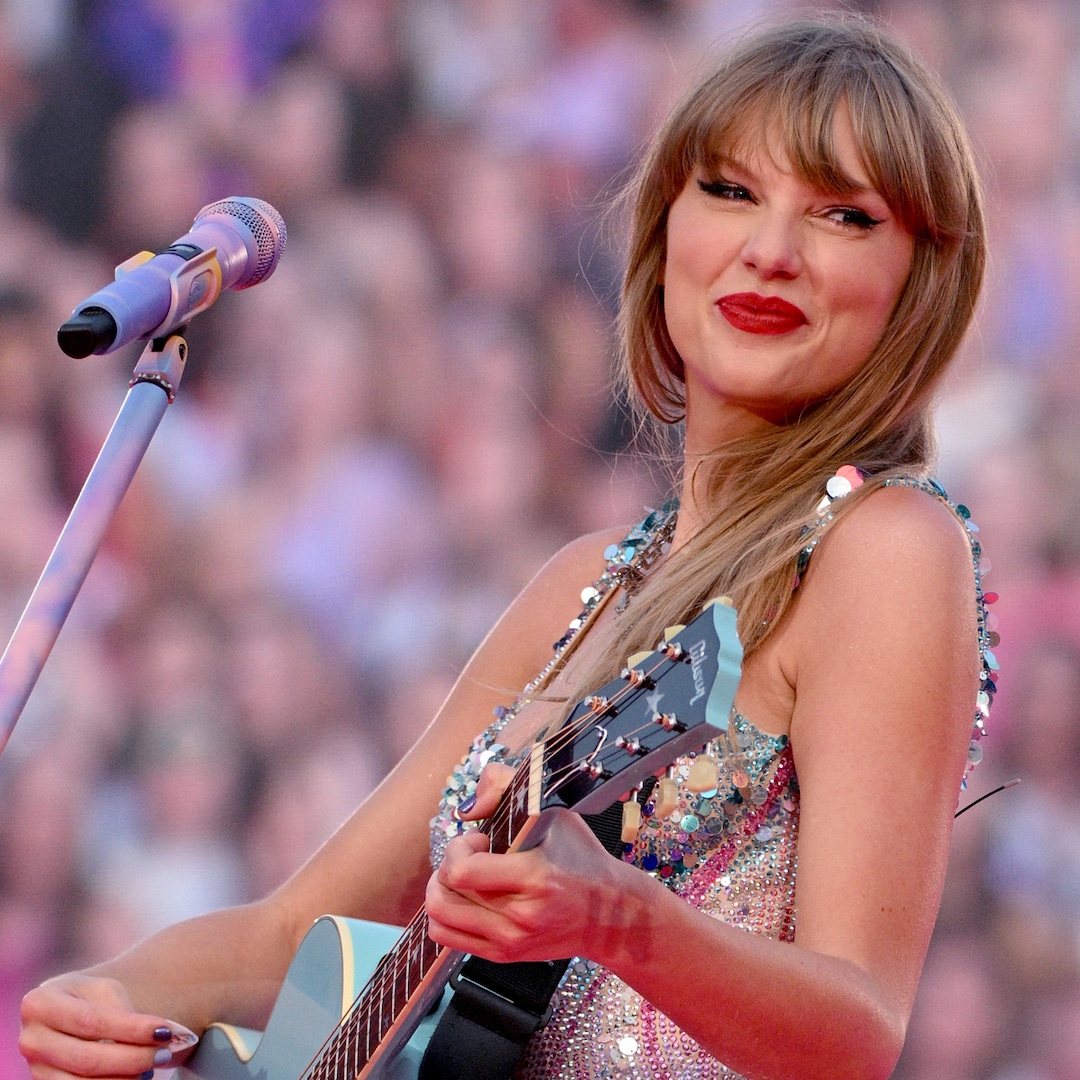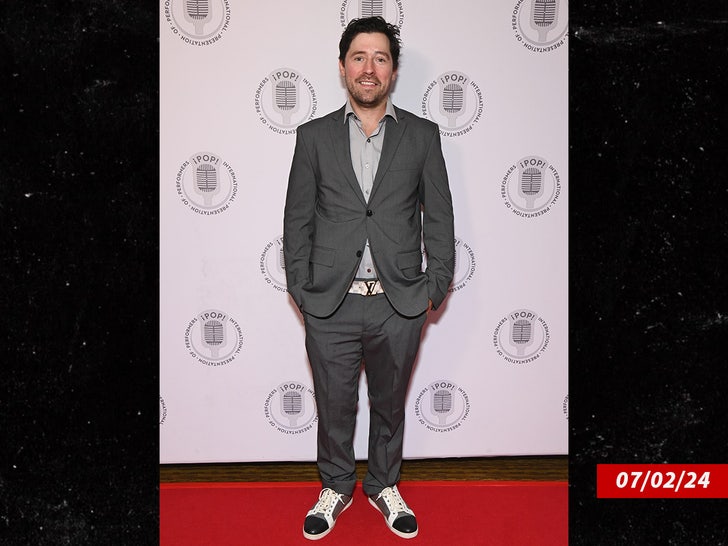Heigh-ho, heigh-ho, it’s off to the movies we go.
Because some four years after the initial conceit was discussed, the live-action adaption of Disney’s 1937 cartoon Snow White is hitting the mines theaters March 21.
And much like the OG animated classic, Snow White and the Seven Dwarfs, there have been a few controversies to bite into.
When West Side Story actress Rachel Zegler was announced as the titular princess back in 2021, fans voiced their displeasure that a character once described as having “skin white as snow, lips red as blood, and hair black as ebony,” would be played by someone of Colombian descent.
That was a non-issue to the Golden Globe winner who noted to Variety last October that the name “fell back to another version of Snow White that was told in history, where she survived a snowstorm that occurred when she was a baby, and so the king and queen decided to name her Snow White to remind her of her resilience.”
As such, one of the core messages of the updated retelling, she said, “is remembering how strong you actually are.”
Because, as she pointed out in a much-maligned 2022 interview, the original adaption of the Brothers Grimm fairy tale—released before the start of the second world war—is dated AF.
“There’s a big focus on her love story with a guy who literally stalks her,” the actress explained to Extra. “Weird. So we didn’t do that this time.”
Of course, the 23-year-old didn’t imagine her comments would be taken as the most disrespectful of them all.
“The love story is very integral,” she stressed to Variety, noting that the new version is staying true to the story fans grew up with. “We were always doing that.”
And while she could have gotten, er, grumpy about the backlash, she continued to whistle while she works.
“I interpret people’s feelings about this film as a passion for it,” Zegler explained to Vogue Mexico in February. “What an honor to be part of something that people feel so passionate about.”
In fact, it’s those strong sentiments that led to the creation of the first feature-length animated film in U.S. history. Though Walt Disney‘s own wife Lillian Disney thought the movie would bomb, he was so confident he mortgaged his home to finance the production.
Here’s how he went on to build the highest-grossing animated film of all times.
1. Magic mirror, on the wall, just how far did Walt Disney go to make the 1937 film Snow White and the Seven Dwarfs the fairest of them all? Pretty freaking far. Having initially seen a silent film version of the fairy tale as a teen, he made it his mission to put out the first feature-length animated film in U.S. history. When the budget for the three-year process ballooned to $1.5 million, he mortgaged his home to finance the production.
2. The original tale was dark AF with the Evil Queen attempting to poison Snow White three times and even going on to eat some of her organs.
3. Though they didn’t dig, dig, dig, dig, dig, dig, dig in a mine all day, work on the film was fairly intense for the animators. Feeling everyone needed to really see and understand his vision, Disney gathered the artists onto a soundstage and proceeded to spend hours acting out the entire script.
4. While there were no female animators working on the film, paint department employee Ruthie Tompson revealed in 2011’s Walt’s People; Talking Disney With the Artists Who Knew Him that one woman in the inking department was tasked with applying actual blush to the film cels to create Snow White’s famously rosy cheeks.
5. For added realism, Disney kept a variety of live animals at the studio for the animators to reference as they created Snow White’s animal pals.
6. Sneezy was actually a last-minute substitution for another dwarf. Others that were conceptualized and drawn, but ultimately cut included Snoopy, Blabby, Dizzy, Graceful, Hotsy, Jumpy and Biggy-Wiggy.
7. With animators feeling he had particularly expressive arches, Disney himself served as a model for all the dwarfs’ eyebrows except for Happy’s.
8. As for Dopey, he was originally slated to speak, per 2011’s Disney Voice Actors. But when producers struggled to find his voice, they decided to have him remain silent. After the 1937 Hollywood premiere (attended by the likes of Cary Grant, Shirley Temple, Judy Garland, George Burns, Marlene Dietrich, and Ginger Rogers), silent film star Charlie Chaplin told the Los Angeles Times Dopey was “one of the greatest comedians of all time.”
9. Meanwhile, the Evil Queen and the Witch were both played by Lucille LaVerne, who achieved two different voices by removing her false teeth. “She read the lines,” Disney employee Bill Cottrell recounted of her audition in the 2006 book Walt Disney: The Triumph of the American Imagination. “You could have recorded it and used the first reading she gave, she was so good.”
10. Tapped to provide the voice of Snow White, convent-educated teen Adriana Caselotti was paid just $20 a day for her work—a total of $970.
“They had told me that it was going to be a little longer than their shorts, which were 10 to 12 minutes,” Caselotti recounted in a 1993 interview with The Associated Press. “So I thought it would be 20 minutes long or so. I didn’t realize what had happened until I went to the premiere. I saw all these movie stars—Marlene Dietrich, Carole Lombard, Gary Cooper—everybody was there. I discovered this thing was an hour and 23 minutes.”
Though she pursued a career in opera, Caselotti was largely unable to cash in on her fame, with Disney not wanting her to voice other projects and “spoil the illusion of Snow White.”
11. Prince Charming, meanwhile, is only onscreen for a little more than two minutes. He was reportedly meant to have a larger role, but it got cut when animators found him difficult to create.
12. When Walt received an honorary Oscar for the film in 1939 (presented to him by Shirley Temple), it was designed as one standard statuette surrounded by seven miniature ones.





